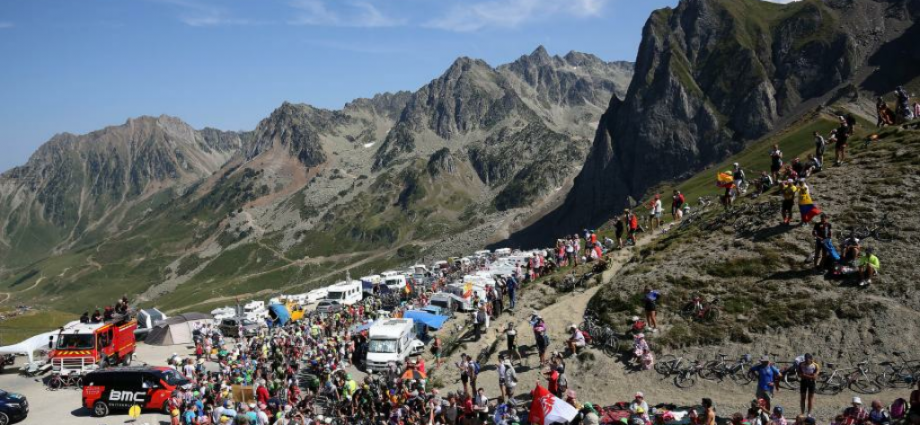The Tour de France is going to be something different in 2020 than it was before. Race director Christian Prudhomme called it “a race for the millennials” and spoke about the basic principles of the changes: it shouldn’t be harder, but more varied, due to the changed habits of the television audience in the recent time. Let’s take a closer look, what it exactly does mean.
Only a single stage over 200 km
There is a fervent dispute for a while about how long a Grand Tour stage should be in the modern era of cycling. Organizing incredible long courses is an anachronistic relic from the heroic early days of cycling races. It isn’t that problematic at one-day races, but quite unnecessary at a Grant Tour, especially when the stage contains only a few small hills (mostly 4th category) and possibly ends with a bunch sprint. Being the winner of the general classification, of course, requires the ability not to make any mistakes also on the boring stages, and the sprinters should have their own opportunities for chasing the glory in their discipline too. But it’s not inevitable necessary to do it on an endlessly long and uneventful day.
And of course, there is a big possibility, that the members of the tv-audience switch to another channel during a boring stage and never come back.
The program of the Tour de France 2020 contains only a single-stage over 200 km on the 12th stage.
Only 36 km ITT – with an uphill finish
During the early 2000’s it wasn’t rare to have a Tour de France with a total of approximately 100 km individual time trials (mostly a prologue, an ITT halfway of the race and one at the end). In 2020 there will be only 36 km on the penultimate stage. A mixed course with a 30 km long plain section and only the final few km goes uphill to the La Planche des Belles Filles, definitely one of the favourite summits of the organizers.
Mountain stage on the second day
People, who like to watch the Vuelta a Espana might find nothing extraordinary in it, but this is still a significant change in the structure of the Tour de France. The race starts in Nizza in 2020, the first stage will be for the sprinters, but also the climbers have their chances right on the next day. Col d’Eze, the renowned ascent of Paris-Nice will be the mountain to climb,
No multiple-day blocks of sprint stages
Making the race as varied as possible requires to alter the different types of stages more frequently. It means, only one time we will see (possible) bunch sprints on two consecutive days: on stage 10 and 11. Unfortunately, this is the part of the race when usually the enthusiasm of the viewers can reach its lowest point, but still an important change from previous editions (especially from the TDF 2017).
Lesser-known climbs and a spectacular new one
There will be a total of 29 categorized ascents in the program, but no Tourmalet, Mont Ventoux or Alpe d’Huez. Instead of them, the youngest generation of viewers can learn some other old favourites, like Orciéres-Merlette (last time in the program in 1989). The Tour de France also visited Meril 47 years before the last time, but in 2020 there will be a very new summit on course: the Col de la Loz is so brand new, it was only concreted during the summer of 2019. The last climb of the 18th stage will be terra incognita for the entire peloton. The organizers hope, it will make the race more thrilling and unpredictable.
